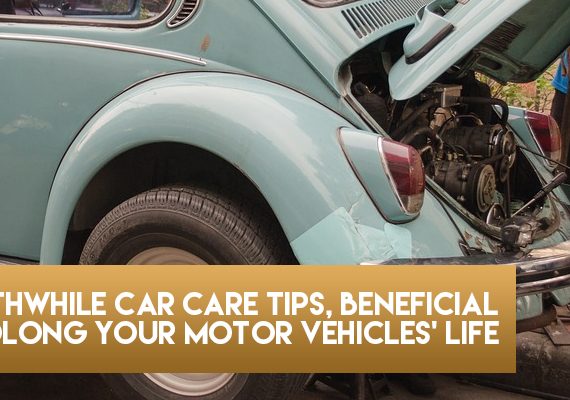9 Indicators that you chose a secure Online Shopping Site


STOP, THINK, CONNECT, in that order, are the 3 actions to take before becoming a safe and secure online shopper. You need to STOP and make sure that all your web-connected devices, like, PCs, smart phones, tablets, etc. is kept free of malware and infections by using only the latest versions of software and apps. THINK about fortifying your online accounts by enabling stronger authentication tools, such as, security keys or a unique one-time code on said devices. CONNECT, after looking at the following indicators:
- Use familiar websites. When using a new website for purchases, read reviews of other shoppers. From that, you can gather if their experience were positive or negative.
- Look for the lock. Don’t ever buy anything from a site that doesn’t have SSL, (secure sockets layer). These secure sights will always start with, “https:// (instead of just HTTP ://). An icon of a locked padlock will appear next to the URL, in the address bar.
- No pop-up ads. Be very careful on clicking on retail ads that pop up on your screen while surfing the Web. These pop-ups seldom take you to a website.
- No unsolicited e-mails. Reputable online retailers do not send solicitations via e-mail unless you signed up to get information from them.
- Prices aren’t too low to believe. Beware of sites offering products, like software or music, at prices far lower than other merchant prices. This could be unlicensed or stolen goods.
- The site has a physical address or phone number. This is a good sign that the business is for real. Call the number for reassurance.
- There is a return policy. Reputable sites will state their return policy as well as shipping policies.
- Credit cards are accepted. Credit cards give more protection than a debit card does. Reputable sites will accept a variety of credit cards.
- The site has a privacy statement. A disclosure statement made by the site, expressing their protection of your personal information and the security of your credit or debit card data, will be offered.
Protect your web-connected devices by strong passwords. Improve passwords by adding capital letters, symbols and numbers.






